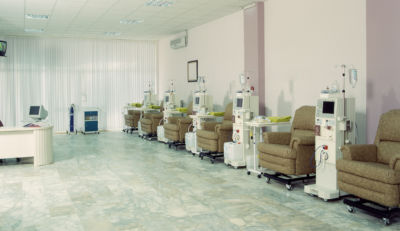Write an Op-ed
The term “Op-ed” is short for “opposite the editorial page,” the physical location it usually occupies in a newspaper. Individual newspapers may label these pieces “guest columns,” “guest commentaries,” or “other views”. An op-ed is not just a great way to educate the public on a very important issue, they can also be useful in advocacy. Every morning, staffers in Congressional offices pick out newspaper articles to give to Members of Congress to read. Our hope is that your op-ed will make it in the stack and put this issue at the forefront of your legislator’s mind.
When you finish your op-ed, send it to us. We will review your piece and make sure it is polished and ready to submit. We will also work with you to craft an email to send to your newspaper along with your op-ed so we can maximize your chances of getting published.
Rules for Writing Op-eds:
- Open with a hook. Make sure to grab your readers’ attention right at the get-go.
- Say more with less. Limit the article to 750 words. Newspapers have limited space, so be concise. Keep your sentences short and declarative. Keep your paragraphs to a couple sentences long.
- Only make one point and make it quick. Since space is limited; get to your point right off the bat.
- So what? Who cares? The audience you’re reaching is the entire readership of the paper. Many of these people don’t have kidney disease and may not know someone on dialysis. Make this subject relatable to everyone by explaining how many Americans are unknowingly at risk of kidney failure.
- Use facts to support your claims. Use facts and figures to support your argument, but don’t rely on facts exclusively.
- Get personal! Your story makes the op-ed interesting. How does the issue matter to you personally? You can even use stories of patients you know, but do not mention any names without those patients’ expressed consent. This personal touch can make your op-ed more effective.
- Go out with a bang! The hook at the beginning is important, but you also need to summarize your argument at the end in a way that makes your reader remember what you said.








